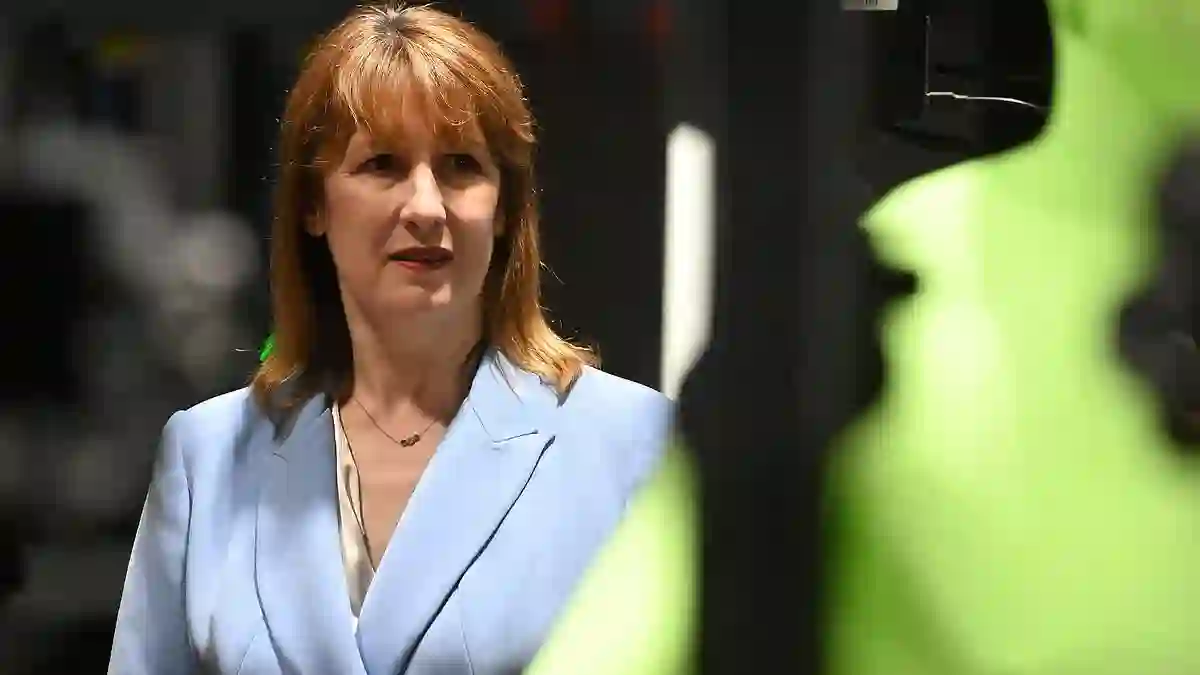It’s been just over a year since Labour came into power, and the numbers show a dramatic rise in Britain’s debt.
According to fresh analysis of official figures, the national debt has ballooned by an eye-watering £186 billion in 12 months.
That’s the jump from £2.53 trillion in July 2024 to £2.71 trillion by the end of last month—a staggering increase that translates into thousands of pounds more debt for every household and taxpayer across the country.
What That Means for Everyday People
The TaxPayers’ Alliance, which carried out the study using Office for National Statistics (ONS) data, broke it down in stark terms: an extra £6,510 of debt per household, £5,880 per taxpayer, and £2,726 for every single person in Britain.
To put it in perspective, if this additional debt were counted as government spending, it would rank as the third largest department budget—behind only the Department for Work and Pensions and the Department of Health and Social Care.
The National Debt Clock Keeps Ticking
Campaigners point to their “debt clock,” which now shows the nation’s debt climbing by nearly £5,000 every second, or £428 million every single day.
The figures paint a grim picture of just how quickly the red ink is rising, and why critics say the UK’s finances are on shaky ground.
A Small Glimmer of Relief
There was at least one piece of good news for Chancellor Rachel Reeves.
The ONS confirmed that government borrowing in July was lower than economists expected—£1.1 billion instead of the predicted £2 billion.
That’s the lowest July borrowing figure in three years and £2.3 billion less than the same month in 2024.
The bump in tax receipts from self-assessed income tax and national insurance gave the government a temporary cushion.
The Bigger Picture Remains Bleak
But zooming out, the overall trend is worrying. Borrowing for the first four months of the current financial year has already hit £60 billion—£6.7 billion more than the same period last year.
The national debt now stands at around 96.1% of GDP, levels not seen since the early 1960s.
A Growing Black Hole in Public Finances
Economists warn that Reeves faces a £51 billion gap in the nation’s finances as she prepares her autumn Budget.
A recent report by the National Institute of Economic and Social Research argued that the “wafer-thin” financial buffer she left herself last year has vanished, leaving a £41.2 billion deficit instead.
To restore balance, the think tank estimates she’ll need to find £51 billion a year—either through higher taxes or cuts to spending—by 2029.
Tax Hikes on the Horizon?
With the hole this big, speculation is mounting that Reeves will turn once again to tax rises.
Options reportedly on the table include new property levies, scrapping the capital gains tax exemption on high-value home sales, and replacing stamp duty with an annual charge.
Treasury officials are also said to be eyeing inheritance tax changes, while economists predict more “stealth” and “sin” taxes.
What Reeves has ruled out, however, are hikes to income tax, employees’ national insurance, and VAT.
Critics Say Spending Is the Real Problem
The TaxPayers’ Alliance was quick to lay the blame on overspending.
“In just one year, Labour have splurged hundreds of billions they don’t have,” said Darwin Friend, head of research.
“If ministers don’t slam the brakes on this reckless debt binge, it’s ordinary taxpayers who will pay the price.”
Economists See Limited Choices Ahead
Others, like Pantheon Macroeconomics economist Elliott Jordan-Doak, argue the Chancellor has little wiggle room: “The big picture remains that the public finances are in chronically weak condition.
We think the Chancellor will need to resort to tax hikes in October if she wants to stick to her pledge of not raising headline tax rates.”
Treasury Defends Its Strategy
The government, however, is striking a more optimistic tone.
Treasury minister Darren Jones said the Labour administration is focused on modernising public services to reduce costs in the long run.
“We’re investing in schools, hospitals, and services so working families see the benefits,” he said.
“And we’re driving down borrowing over the course of the parliament so people aren’t left footing the bill for decades of interest payments.”


